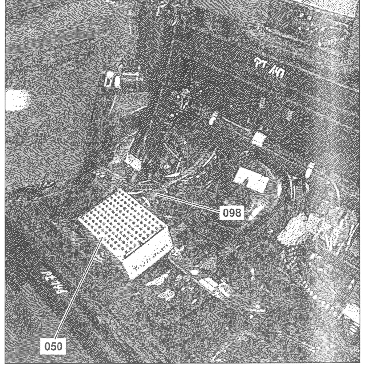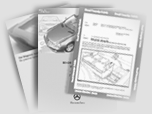
Diagnostic Manual, Body and Accessories,
Volume 6
Electrical Test Program - Preparation for Test
Preliminary work:
Diagnosis - Diagnostic Trouble Code (DTC) Memory  12 12 |
Preparation for Test:
1. Check fuses, OK
2. Battery voltage 11 to 14 V
3. Connect HHT as per section 0
4. Review  11/1 and 11/2 11/1 and 11/2
 CAUTION! CAUTION!
Risk of severe injury, ensure that no persons are within the deployment radius of the roll bar during testing and repair.
Fully extend the roll bar prior to performing any repair work. Keep body parts away from the roll bar deployment radius and its mechanism.
 CAUTION! CAUTION!
Risk of severe injury, to eyes and skin from escaping high pressure hydraulic fluid spray.
Risk of poisoning due to consumption of hydraulic fluid.
Depressurize the hydraulic system prior to performing repair work
Wear protective clothing and safety goggles.
Electrical wiring diagrams
See Electrical Troubleshooting Manual, Models 202/208, Volume 2,
Group 91
|
Test equipment; See MBUSA Standard Service Equipment Program
| Description |
Brand, model, etc. |
| Digital multimeter |
Fluke models 23, 77 III, 83, 85, 87 |
| Battery charger |
Local supply |
Connection Diagram - Socket Box
Routing of Test Cable

When using the 55-pole test cable in order to test the power soft top or the rear side windows, observe the following:
Prior to connecting the 55-pole test cable open the rear side windows using the power soft top switch (S84)
Activate the rear power windows only briefly when the 55-pole test cable is connected, in order to prevent the high amp current draw of the window motors from overloading the test cable itself.
Figure 1
050 Socket box (126 pole)
098 Test harness (55 pole) |
|
 |
| |
|
P77.39-2008-12 |
|


 Printable version
Printable version


 Printable version
Printable version